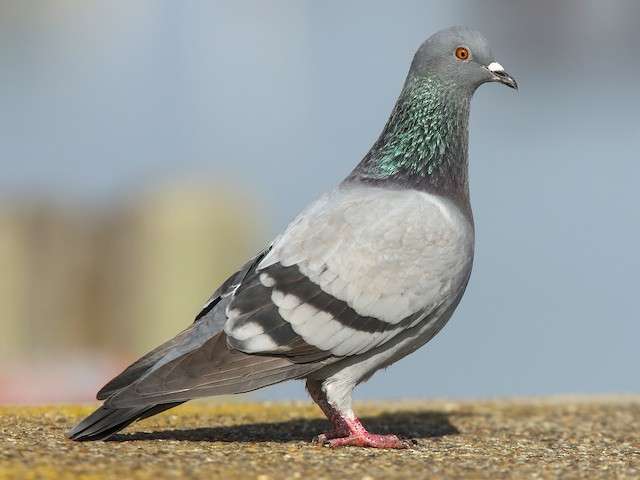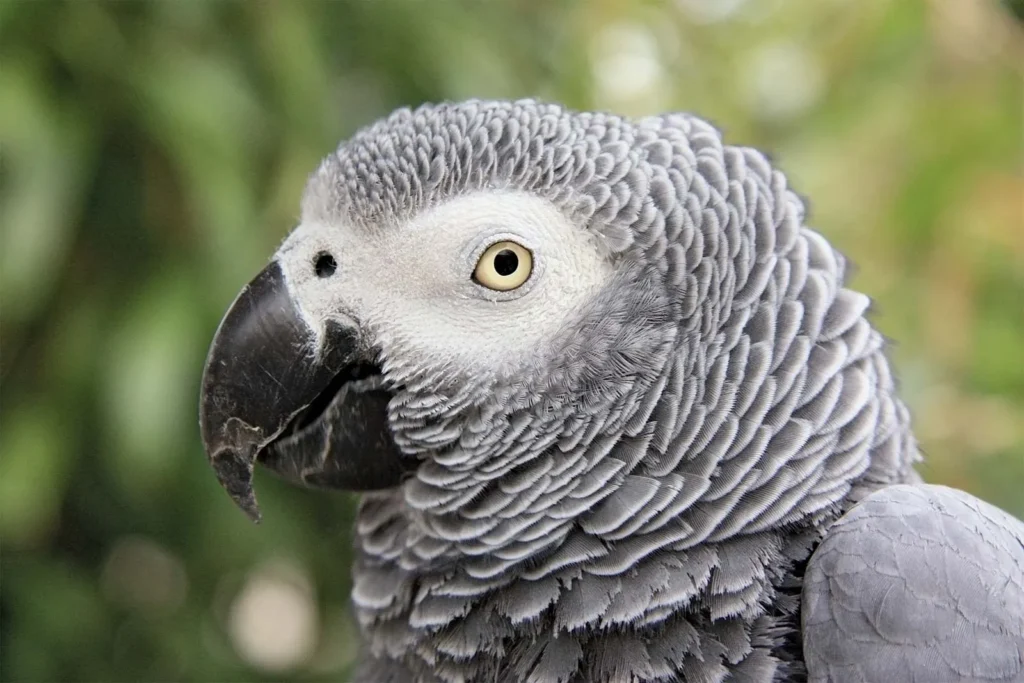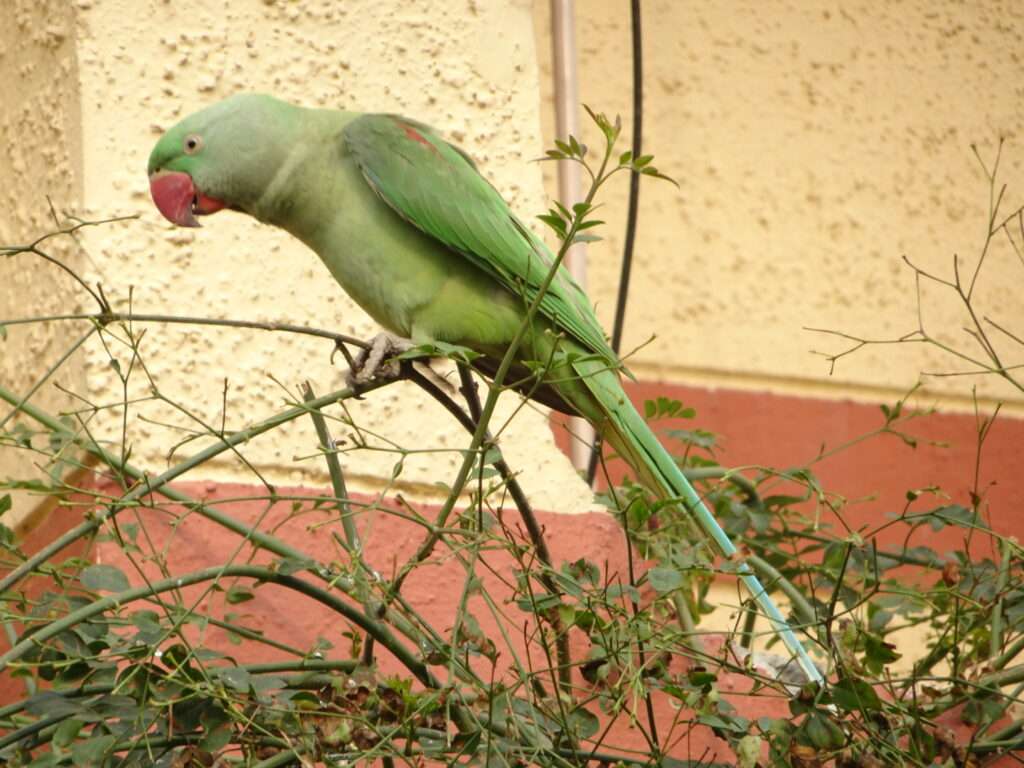
Description
Lifespan: 6 years
The Columbidae (doves and pigeons) are a family of birds that includes the Rock dove (Columba livia). The term “pigeon” is frequently used to describe it. The Rock dove has a glossy yellowish, greenish, and reddish-purple iridescence along its neck and wing feathers and a dark bluish-grey head, neck, and chest. The skin around the eye is naked, and the iris is orange, red, or golden with a paler inner ring. Purplish-red foot and a grey-black bill with an obvious off-white cere. The adult female resembles the male externally almost exactly, but the iridescence on her neck is less prominent and more restricted to her sides and back, while it is frequently very difficult to see on her breasts. The best way to identify a pure Rock dove is by looking at its white lower back; the two black bands on its light-grey wings are also recognisable. The outer web of the tail feathers is margined with white, and the tail bears a black band at the end.
Origin Habitat
Native to Europe, North Africa, and southwest Asia, wild rock doves are. They build nests in sea cliffs, canyons, and caves. They choose to stay away from dense vegetation.
Behavior
In the breeding season, rock doves are frequently seen in couples, but they are typically sociable. The best times to spot them are throughout the day, especially when perched on buildings or in city parks. Both at night and during the hotter parts of the day, they look for cover. A rock dove will take off when it is startled in a group and makes a loud noise akin to clapping. When threatening a rival, they could puff up their throats and circle around while bowing and cooing. These birds eat either alone or in groups in the early morning and mid-afternoon. They eat by picking food up off the ground and drink by dipping their bill straight into the liquid. Dove groups normally include producers, who hunt down and gather food, and scavengers, who eat the food the producers find. Typically, rock doves stroll or run while bobbing their heads back and forth. They take a straight and steady flight. These birds make a quiet, wavering “whoo, hoo-witoo-hoo” or “coo, roo-c’too-coo.” call. A nest call, an alarm call, and juvenile noises are examples of variations. When predators are spotted, the alarm call is a ‘oorhh’ sound that sounds like a grunt. Non-vocal noises include beak cracking, hissing, and a loud flapping sound made at takeoff. Juveniles are especially prone to snapping their bills in response to nest invasion.
As Pet

Diet
Mostly seeds. Away from cities, it eats leftover grains, the seeds of various grasses and other plants, occasionally berries or acorns, and it occasionally consumes earthworms or other insects. Lives mainly on human-provided junk food like popcorn, breadcrumbs, and other foods in cities.
Nest
On safe cliff ledges are natural sites. It is common practice to employ artificial alternatives, such as tall building window ledges, barn lofts, rain gutters, and many more, in urban areas and close to human habitations. Platform made of twigs and grass serves as the female’s nest, which the male supplies the materials for. Each time they visit the same location, the pair may add to their nest.
Table





